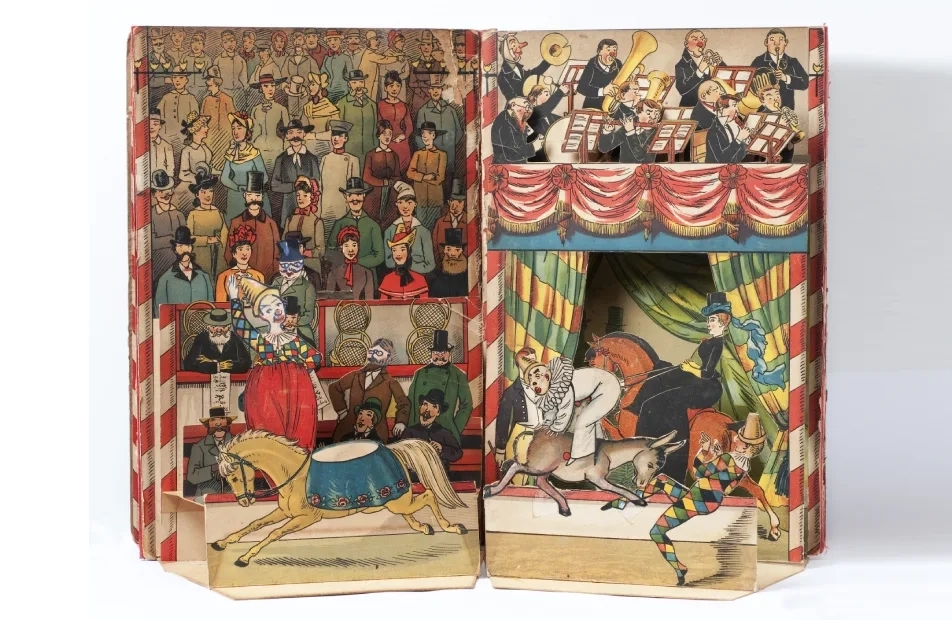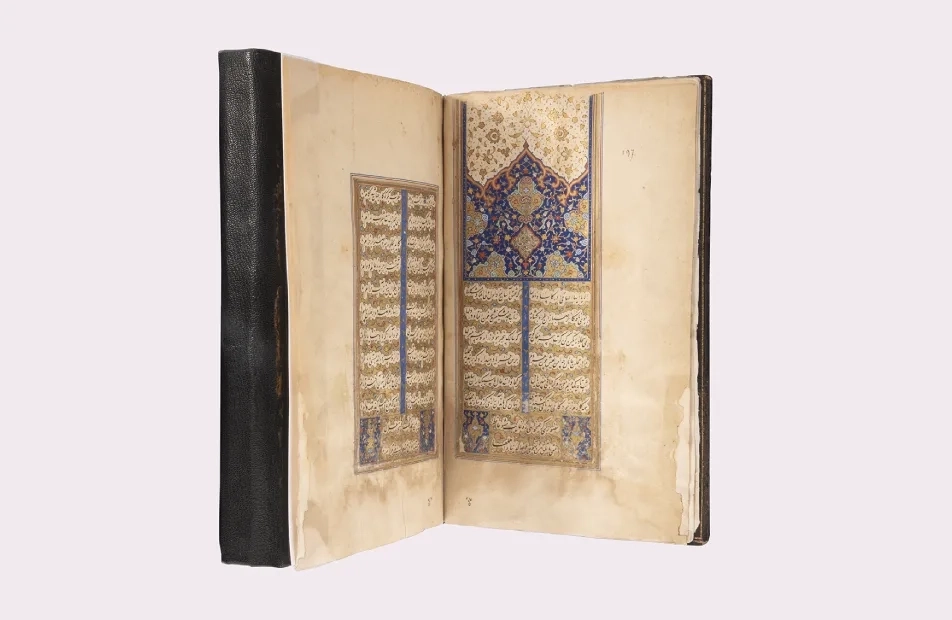Unique pieces and collections
The investigation begins...
In order to correctly conserve a heritage book, we need to understand its history. This, in turn, means paying close attention to the messages it conveys, which are sometimes hard to see. Each book is treated as both an individual piece and as part of a cohesive whole, the collection. Librarians, researchers and conservators go over the book with a fine-tooth comb to identify the context in which it was created and its history.
Made by a variety of craftspeople (tawers/tanners, papermakers, bookbinders, copyists, printers, etc.) from different materials (leather, paper, card, textiles), a book expresses the aesthetic tastes of its former owners – gilded coats of arms, types and colours of materials. Other important clues include the way it was bound, any accidents it may have suffered, and the use of particular writing materials. The science of studying these “traces” is known as codicology.
By carefully observing a book, the specialist will be able to tell:
- When it was produced,
- Where it was copied or printed,
- If it features any elements that make it “unicum”,
- Who owned it in the past.
Meticulous study can therefore reveal the history of a document through a series of clues. It helps to protect the book from any major alterations that could erase these markers and traces, now of historical value.
Each document illustrates a specific subject or theme, like a building block added to the intellectual edifice that is the collection. It becomes a key part of it, a jewel in the crown !









